I think…, I predict…, I expect…, They said…, etc…
Everyone is an expert when it comes to the market, or at least a certified psychic. Everyone seems to think they know what’s supposed to happen, especially if you read the articles around the web and the newspapers on the stand.
You know what I think: Talking heads are useless!
Why don’t we just sit back and allow the market to tell us where it wants to go. I can’t say that expected the market to rally more than 10% or almost 900 points the exact morning I post the parameters to a pivot reversal (the article was written Monday night while watching the Titans smack around the Colts).
In any event, the market clearly marked day one of the attempted rally. No argument here.

Is it too early? Should we wait on the sidelines? Should we wait for the election? Are you scared to trade? Are you scared to lose? Are you embarrassed to be wrong?
Rule #1: Wait for a follow-through on overwhelming volume, 4-10 days from today’s 10% surge. The signal will be “buy” if we get a follow-through, so add a few shares at that time. Maybe it will reverse but we can’t think to hard about rules etched in stone, so we can only act based on the historical odds presented by this scenario. Trade small; enter a position that is 1/3 or 1/2 of your regular position size or trade fewer units but don’t sit on the sideline because you “think” this is a false move.
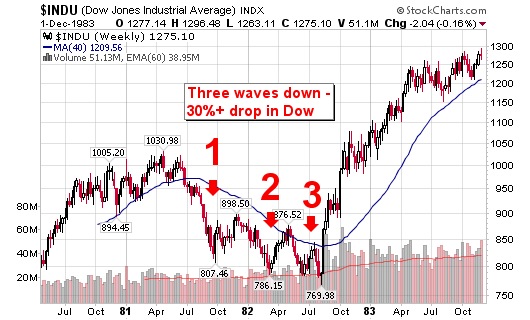

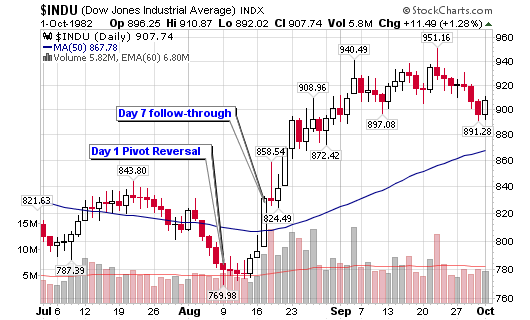

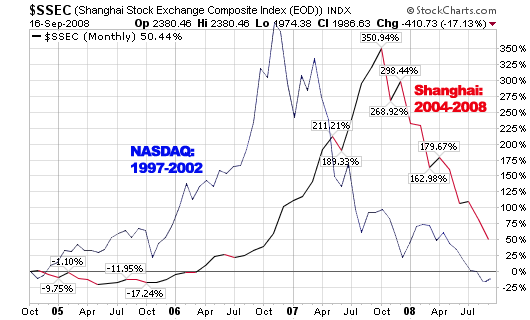
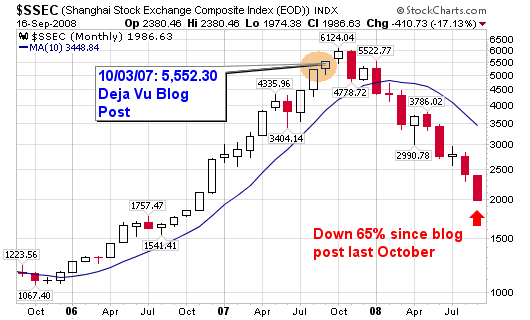
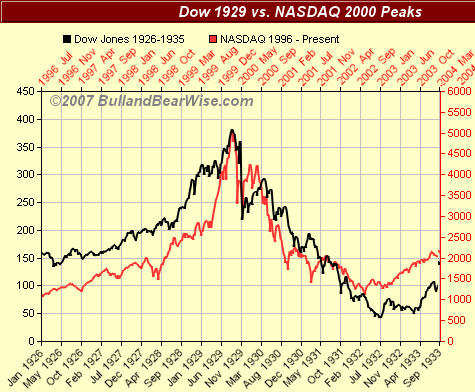

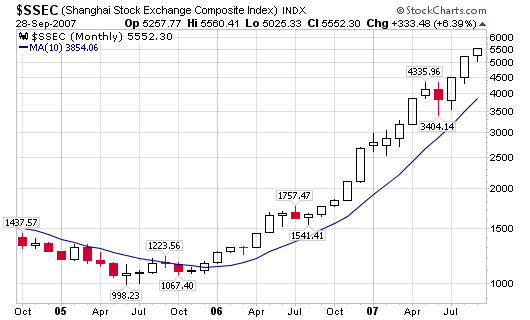
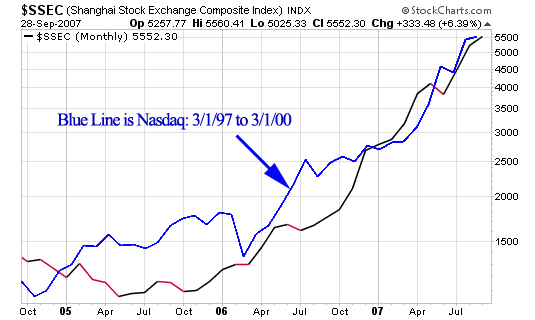
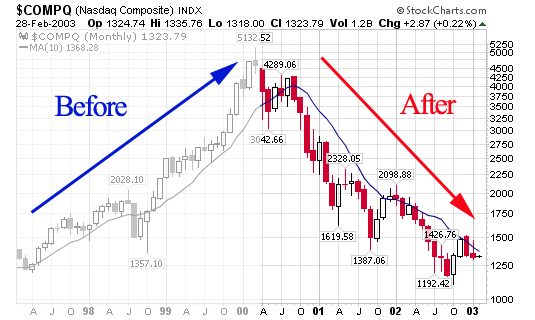


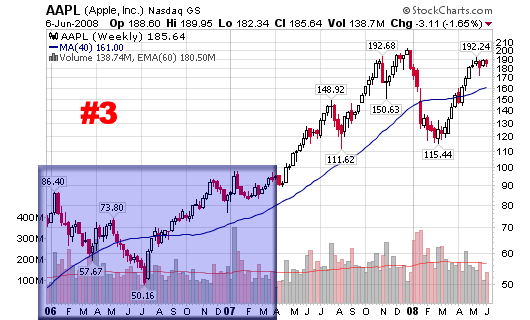


Connect with Me